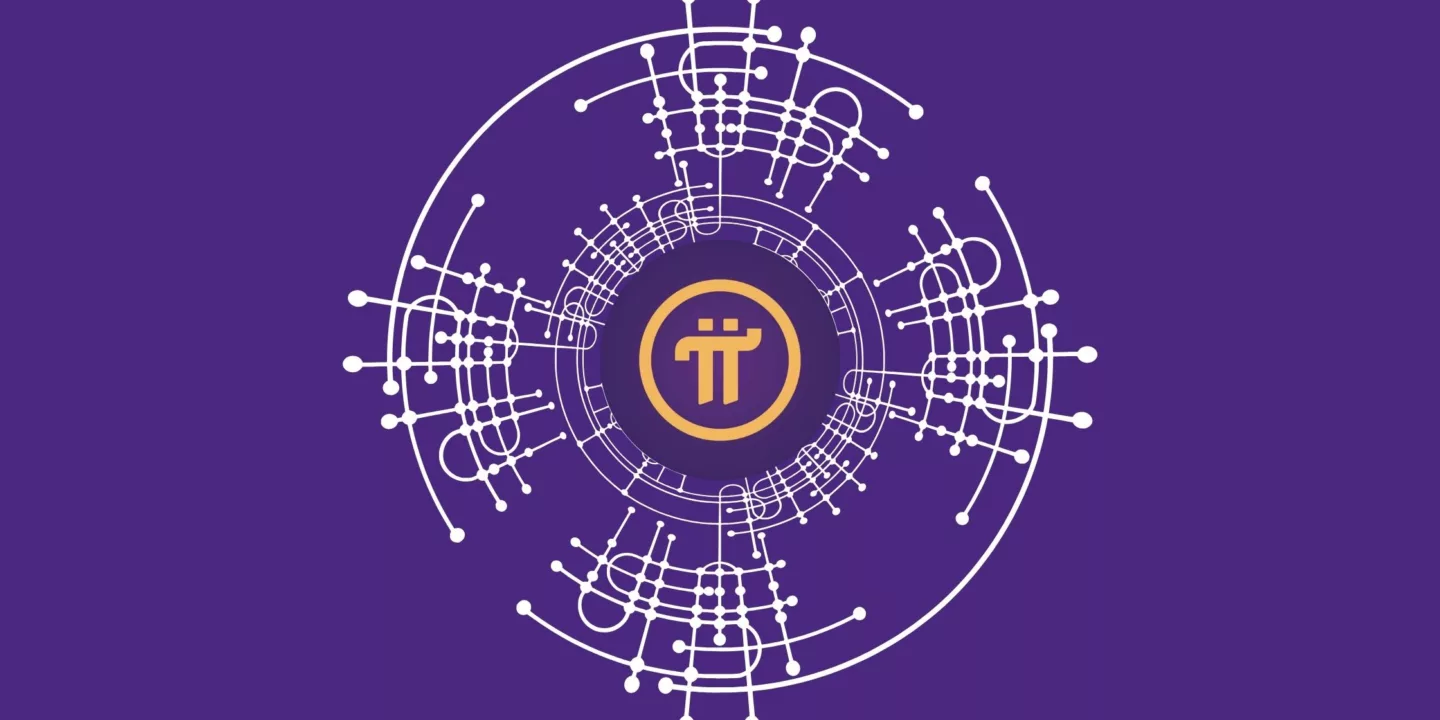
Pi Network- The Past, Present, and The Future
Pi Network has generated significant curiosity and debate in the cryptocurrency world. Unlike traditional cryptocurrencies, Pi was designed to be mined using a mobile phone, making it accessible to millions worldwide. The project has amassed a large following, with users eager to see whether it can live up to its promise of creating a decentralized, user-friendly cryptocurrency.
In this article, we explore Pi Network’s history, current status, whitepapers, the launch of Pi Bridge, types of users, Pi’s value, price predictions, and the project’s future.
Key Takeaways
- Origins and development timeline of Pi Network
- Overview of Pi Network’s whitepapers and their key insights
- Different types of users in the Pi ecosystem
- Current valuation and price forecast of Pi
- Future possibilities and challenges for Pi Network
Pi Network Explained
Pi Network was launched on March 14, 2019 (Pi Day), by a team of Stanford Ph. D.s, including Dr. Nicolas Kokkalis, Dr. Chengdiao Fan, and Vincent McPhillips. Their vision was to create a cryptocurrency that could be mined using a mobile device without draining battery life or requiring expensive hardware.
The concept of mobile-based mining attracted millions of users, making Pi one of the fastest-growing cryptocurrency projects. However, Pi’s legitimacy has often been questioned due to the lack of a publicly traded coin and the extended test phases before launching the Pi mainnet.
Key Milestones in Pi Network’s History
- March 2019: Pi Network was officially launched with its mobile mining feature.
- 2020-2021: The project gained significant traction, amassing millions of users worldwide.
- December 2021: The enclosed mainnet was launched, restricting transactions within the Pi ecosystem.
- 2022-2023: Pi Network introduced KYC verification to filter out fake accounts.
- 2024-Present: The open mainnet launch is awaited, and the ecosystem continues to develop.
Pi Network remains popular despite delays due to its low entry barrier and community-driven approach.
Current Status of Pi Network
Pi Network is currently in Phase 3, awaiting the open mainnet launch. Users who have completed KYC verification can interact with the ecosystem, but external transactions remain restricted.
Current Developments in Pi Network
- Pi Wallets: Users can store Pi coins in Pi Network’s digital wallet.
- Pi DApps: Decentralized applications are being developed for real-world use cases.
- Pi Marketplace: Some merchants accept Pi for goods and services within the enclosed network.
- Pi KYC: The project implements KYC verification to ensure security and compliance.
The success of the Pi Network depends on its ability to transition from an enclosed system to a fully decentralized and open cryptocurrency.
Pi Network Whitepapers
Pi Network has released multiple whitepapers outlining its vision, governance model, and consensus mechanism. The most recent whitepaper highlights:
- Decentralization: Users, rather than centralized institutions, control the network.
- Consensus Mechanism: Pi uses the Federated Byzantine Agreement (FBA), which allows energy-efficient mining, unlike Bitcoin’s Proof-of-Work (PoW).
- Economic Model: The project aims to create a sustainable economy where users can trade Pi for real goods and services.
The whitepapers emphasize Pi Network’s goal of creating a widely used cryptocurrency that prioritizes accessibility and decentralization.
Launch of Pi Bridge
Pi Network announced the Pi Bridge to enhance interoperability with other blockchain networks. This Bridge allows users to connect Pi with Ethereum, Binance Smart Chain (BSC), and other blockchains.
Benefits of Pi Bridge:
- Cross-Chain Compatibility: Enables users to swap Pi with other cryptocurrencies.
- Liquidity Increase: This makes Pi more accessible on decentralized exchanges (DEXs).
- Smart Contracts: Developers can create applications that interact with multiple blockchains.
The launch of Pi Bridge is a step toward integrating Pi into the broader cryptocurrency ecosystem.
Types of Users on the Pi Network
Pi Network consists of four main types of users:
- Pioneers: Regular users who mine Pi daily by engaging with the app.
- Contributors: Users who help secure the network by forming security circles.
- Ambassadors: Those who refer new users and receive mining bonuses.
- Developers: Programmers building decentralized applications (DApps) within the Pi Network ecosystem.
Each user category plays a role in securing and expanding the Pi Network ecosystem.
What is the Value of Pi?
Currently, Pi has no official market value since it is not listed on major cryptocurrency exchanges. However, within the enclosed mainnet, users trade Pi for goods and services, leading to unofficial price estimations.
Factors Affecting Pi’s Value
- Supply & Demand: The number of users and transactions within the Pi ecosystem.
- Exchange Listings: A major price surge is expected if Pi gets listed on Binance or Coinbase.
- Use Cases: The more businesses accept Pi, the higher its value.
Unofficial prices range between $10 to $100 per Pi, but the real value will be determined once it becomes tradable.
Pi Network Price Forecast
Predicting Pi’s price is speculative, but various scenarios exist based on adoption and exchange listings.
Potential Pi Price Predictions:
- Short-Term (2025): $1 – $10 (if Pi gets listed on mid-tier exchanges).
- Medium-Term (2026-2027): $10 – $50 (if major exchanges list Pi and adoption grows).
- Long-Term (2030): $50 – $100+ (if Pi becomes a widely used cryptocurrency).
Pi’s future value depends on whether the project successfully transitions to an open manner and gains widespread adoption.
ALSO READ: Pi Price Prediction for 2025 to 2030
What is the Future of the Pi Network?
Pi Network’s long-term success will depend on several key factors:
- Open Mainnet Launch: The biggest milestone that will determine Pi’s credibility.
- Regulatory Compliance: Adapting to global cryptocurrency regulations is crucial.
- Adoption and Real-World Use Cases: The more businesses accept Pi, the stronger its position in the market.
- Competition: Pi must compete with established cryptocurrencies like Bitcoin, Ethereum, and newer blockchain projects.
If Pi Network successfully launches its open manner and gains mainstream adoption, it could become a game-changer in mobile-based mining and decentralized finance (DeFi).
Conclusion
Pi Network’s evolution from a mobile mining experiment to an emerging digital ecosystem illustrates its potential to reshape how we interact with cryptocurrency. Its unique consensus model, diverse user base, and innovative projects like the Pi Bridge all underscore a future where decentralized finance becomes more accessible and practical.
Mudrex is a trusted partner in this journey. It offers real-time market insights and a vibrant community that helps investors navigate the rapidly evolving crypto landscape. Mudrex’s expertise is invaluable for anyone looking to capitalize on emerging trends like those seen with Pi Network. Download the Mudrex app today to start investing with ease and confidence.
You can also join the Mudrex Telegram channel for real-time market updates, expert trading signals, and direct interaction with the Mudrex team.
FAQs
Is Pi Network legitimate?
Pi Network is a real project developed by Stanford PhDs, but skepticism remains due to delays in launching the open mainnet.
How can I mine Pi?
Pi can be mined using the Pi Network mobile app by pressing a button daily.
When will Pi be listed on exchanges?
No official listing date exists, but Pi may become tradable after the open mainnet launch.
Can I use Pi for payments?
Pi can be used within the enclosed network for transactions but not on external platforms.
How much will Pi be worth?
Pi’s future price is uncertain but could range between $1 and $100 depending on adoption and exchange listings.





